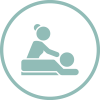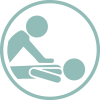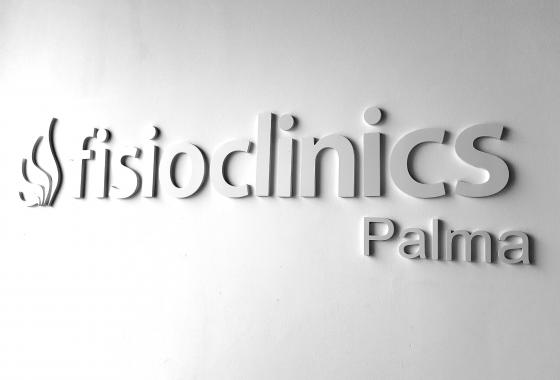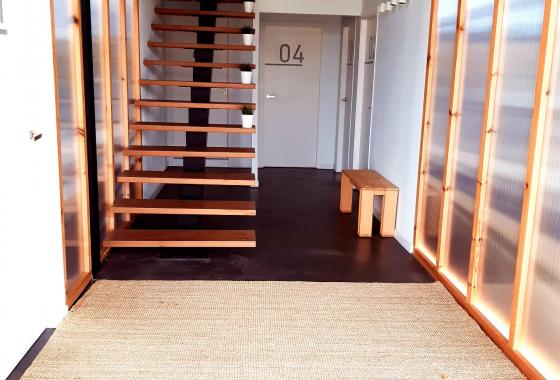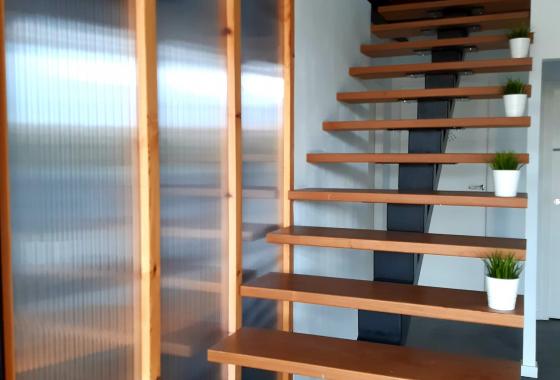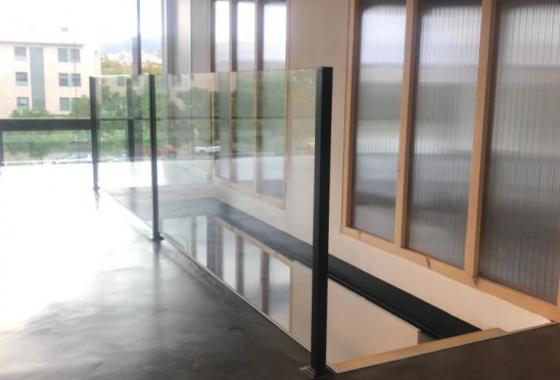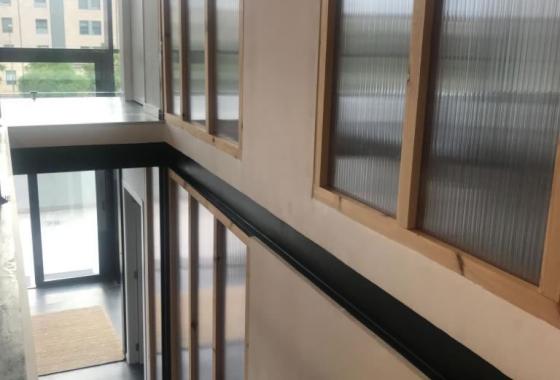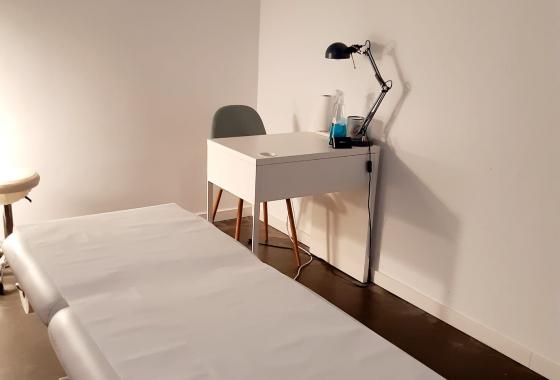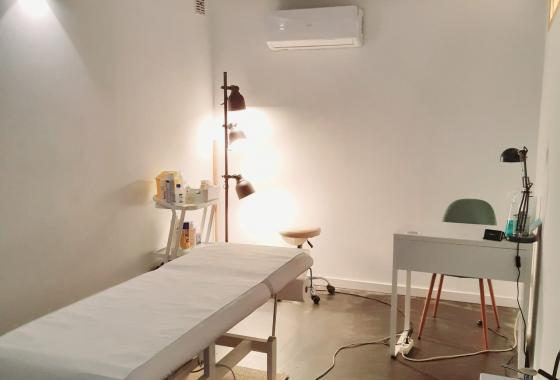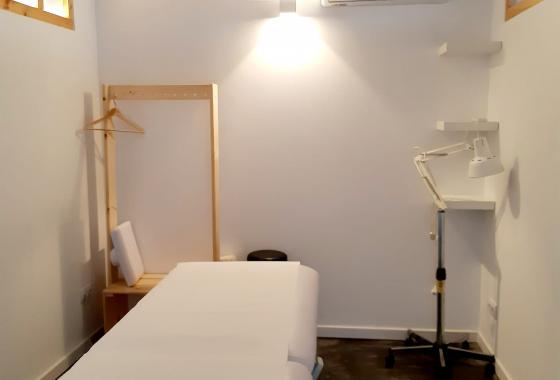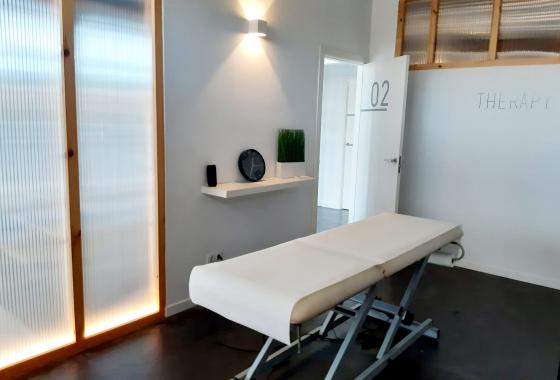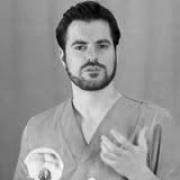Tietze Syndrome is a rare disease, what it is, what its symptoms are, its causes and how it can be cured at FisioClinics Palma de Mallorca. Tietze syndrome, also called costochondritis, manifests itself with pain in the chest, between the second and third ribs and / or the sternum, it can be accompanied by redness and swelling in the area of pain, eliminate that pain in our center.
What is Tietze Syndrome?
Tietze Syndrome affects one or more joints of the costal cartilage causing chest pain, common in people under 40 years of age, it can appear in the same way in men and women. In many patients, it is likely to only occur in a joint in the second or third cartilage of the rib. The onset of chondrosternal pain (pain in the upper part of the chest) is sudden and slow and may be accompanied by redness or swelling.
What are the symptoms of Tietze Syndrome?
The person with Tietze Syndrome may feel great pain with slight movements such as raising the arm, coughing or exerting a little. In addition to pain, other symptoms can be redness or swelling in the area. Thus, Tietze Syndrome is characterized by several characteristic symptoms:
-
Chest pain between the 2nd and 3rd ribs and / or the breastbone.
-
Very sharp pains, like a pinch.
-
Pain usually occurs on only one side of the rib cage.
-
An amplification of pain during movements and during deep breaths.
-
Redness and edema of the skin at the level of the painful area. As a general rule, its size is 3-4 cm and it has a dense surface. Any contact with this area causes pain in a person.
-
Another characteristic symptom of Tietze syndrome is a slight swelling in the area of the affected rib cartilage.
In some people, the above symptoms are accompanied by shortness of breath, loss of appetite, insomnia, and rapid heartbeat. Good to Know: People with Tietze syndrome may mistake these pains for cardiovascular, lung, or digestive diseases.
What Causes Tietze Syndrome?
The causes of Tietze syndrome remain mostly unknown, but some factors may play a role in the onset of the disease such as:
-
An accident in the chest area.
-
Wear or inflammation of the costochondral cartilage.
-
Repetitive motion trauma.
-
Visceral dysfunctions of the liver and stomach that produce joint blockages in the cervical-dorsal vertebral joints.
-
Emotional conflicts such as stress, depression and fear can generate painful tensions in the chest.
How is the medical diagnosis of Tietze Syndrome made?
Tietze syndrome, which is manifested by severe chest pain, can sometimes be bothersome as it may remind you of a heart problem. Faced with such symptoms, a clinical examination, a palpation at the level of the painful area and an interrogation will be carried out to rule out other pathologies and confirm the diagnosis. Radiography is not automatic in these cases, but can be proposed in the case of the patient who has suffered a major trauma in the current or long-standing thoracic region.
 Physiotheraphy
Physiotheraphy Osteopathy
Osteopathy Massage
Massage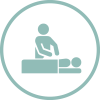 Lymphatic
Lymphatic Group classes
Group classes Home
Home Baby
Baby
